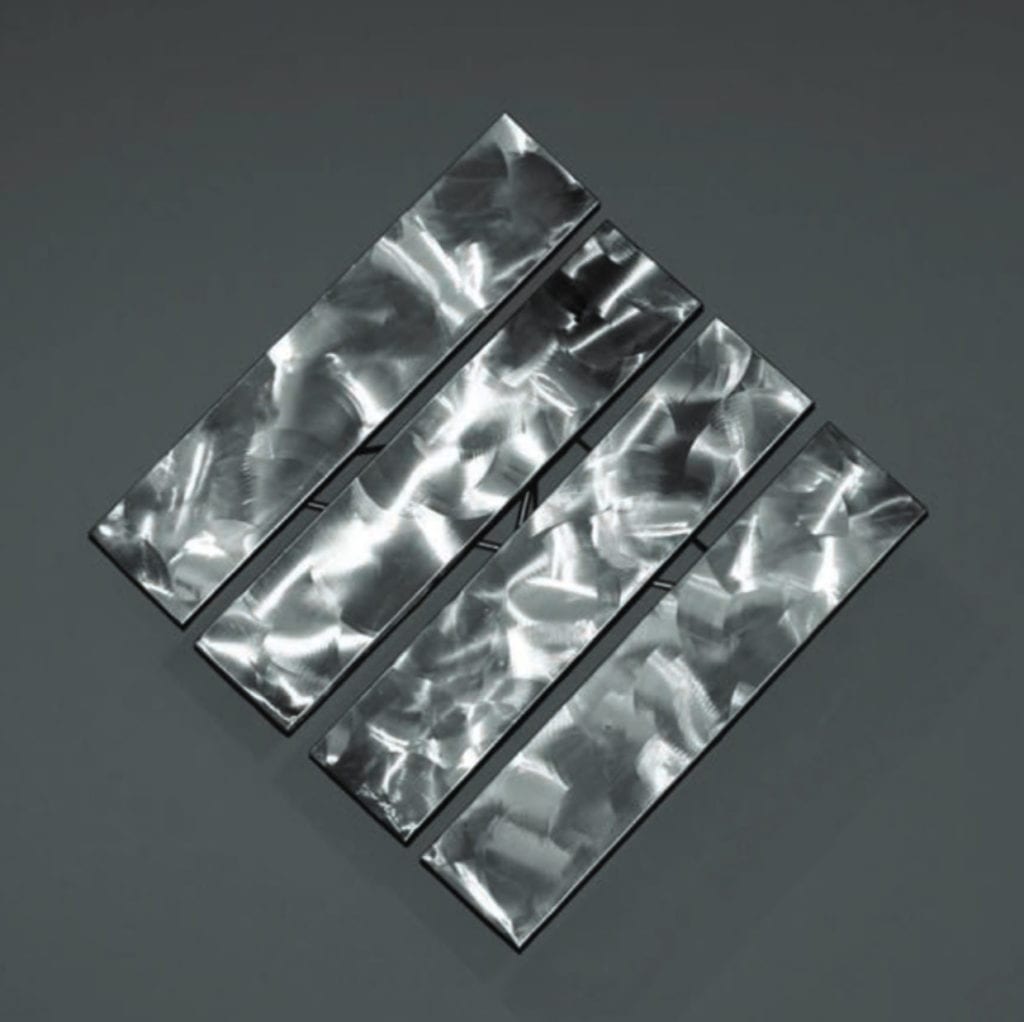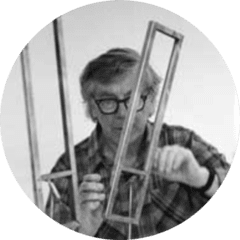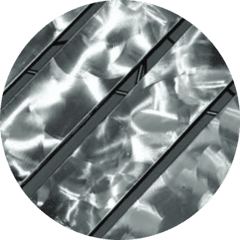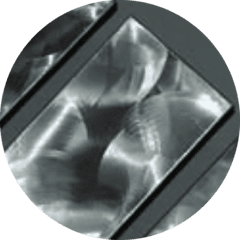Four Rectangles Oblique

ABOUT THE ARTWORK
Who made it?

This sculpture was created by George Rickey, an American artist from South Bend, Indiana known for his kinetic or moving sculptures. Coming from a family of mechanical engineers and clockmakers one would expect the leap to moving sculpture to have been a natural progression. In fact, Rickey trained as a painter before pursuing his lifelong work of making the invisible visible through controlled motion. He went on to become one of the most celebrated international sculptors of the Contemporary period.
In correspondence with his mentor and teacher, Josef Albers, Rickey said the following, forever altering his artistic practice, “motion, which we are all sensitive to, which we are all capable of observing without having to be taught, is a sensation that appeals to the senses just as color does. It has an equivalent of the spectrum, different kinds of types of motion. I think that one can, to a very considerable extent, isolate motion as a visual component and design with that.”
What’s going on in this work?

Four Rectangles Oblique is a sculpture of just that, four rectangles at an oblique in parallel oblique angles which form a diamond shape and each one moves. It is that movement–a gentle rocking–of the rectangles, each in its own time, that brings the whole sculpture to life. To see that movement for yourself, click here.
Rickey’s masterful use of form, texture, and engineering allow all of his work to capture the essence of the air currents that move it in the night, day, indoors or out. His scientific approach in combination with his knowledge about gravity, movement, force, weight and balance allowed the same breeze that softly stirs leaves to be able to move a sculpture weighing 100s of pounds. To see more examples of Rickey’s sculptures and to learn more about his process, look through Passages of Light and Time: George Rickey’s Life in Motion.
Take a closer look.

Click on the full image of Four Rectangles Oblique above to see a larger version of the work. Look closely at the sculpture and use these questions to guide your looking. Share your thoughts with your family at home, with a friend through a virtual conversation, or with us in a response to this email.
- George Rickey’s sculptures are kinetic, they move with air currents or wind. Click here to see a short video of Four Rectangles Oblique in motion. What word would you use to describe it’s movement?
- How would you describe the surfaces of the geometric shapes it’s made from—shiny or dull? Flat or textured? How does the way that Rickey treated the surface (sanding it into swirling patterns) help emphasize the movement of the sculpture? What do you see that makes you say that?
- Rickey titled his works using the names of the shapes and forms in them. What would you title this piece?
Like other artworks in the Our Collection. Your Inbox. series, you can find additional George Rickey sculptures in The Charles B. Hayes Family Sculpture Park, in the Mary Loretto & Terrance J. Dillon Courtyard, and on permanent display inside the Raclin Murphy Museum of Art as part of the George Rickey Sculpture Archive.
To receive the collection in your inbox, join the Raclin Murphy Museum’s mailing list.

About the Article:
Engage with the Raclin Murphy Museum of Art by exploring their collection through background information and reflection questions. For more information on the collections, please visit the Raclin Murphy Museum of Art website.
Learn MoreApril 16, 2020



